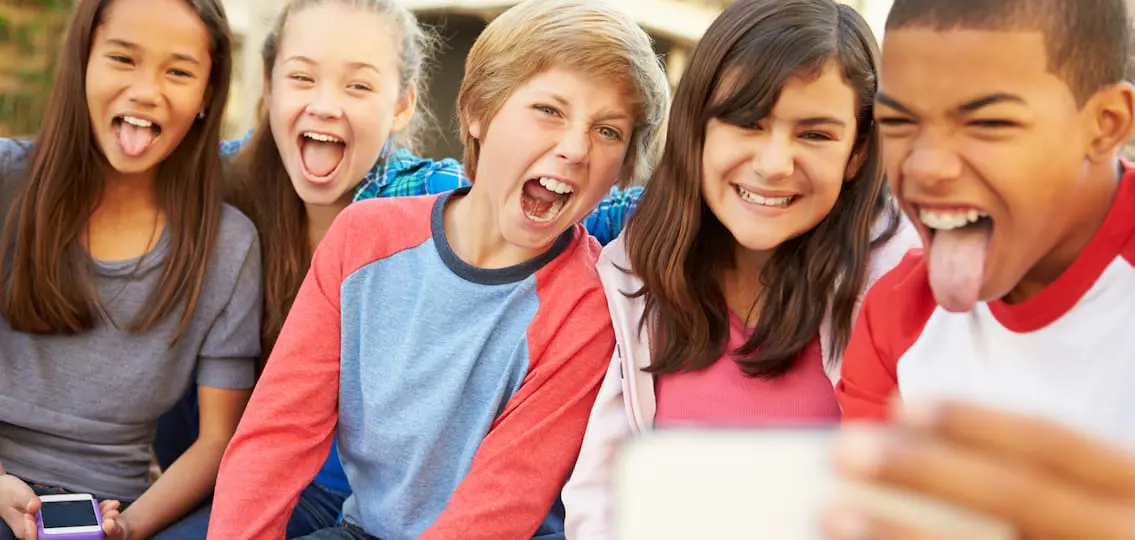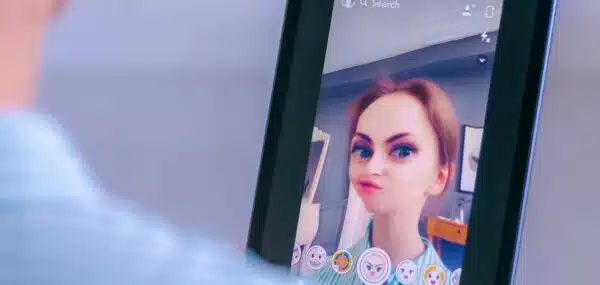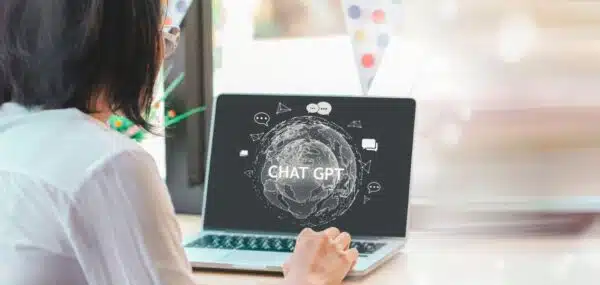As a veteran teacher of The Tween, people will often ask how middle school has changed over the years. The answer comes down to one word: technology. Back in the day, if you wanted to spread a bit of gossip, you wrote it out on a piece of spiral notebook paper in big loopy letters with a purple grape smelly maker, signed it G/G (Gotta Go), folded it using an elaborate origami technique and wrote DO NOT OPEN lest someone else usurped it as you surreptitiously scooted it across the floor in class with the toe of your Nike.
Today, you text it. The receiver forwards it. The next receiver posts it on Instagram. One reader tweets it; another puts it in their Snapchat story. And, voila! Viral Gossip, with the guaranteed promise of a YouTube video coming soon, is born.
Yes, technology, and in particular social media, has radically changed the tween experience. Middle school tweens are growing up faster than ever, and it wouldn’t be outlandish to claim that middle school has become the new high school.
Tweens spend more time with their iPhones, iPads and iTouches than with their friends, families, and teachers. The result = iWorry!
The negative aspects of having access to technology 24/7 are pretty clear, and as serious as they are, I only wish they were confined to cheating or plagiarism. Events and feelings that were once private are now public and written in permanent, cyberspace ink. The mental health risks of friending, cyberbullying, and sexting have profound psychological repercussions on the fragile, work-in-progress tween persona. They include, but are not limited to, anxiety, isolation, and even suicide.
Now, I’m not saying that there are no positive effects of tweens using technology. I have seen social media sites help the shyest of tweens come out of their unbreakable social shell. The safe confines of a keyboard and screen can help develop a timid tween’s social skills and boost their overall sense of self. For this reason alone, I applaud Twitter, Instagram, and YouTube for giving kids a way to connect and self-express.
So, as parents and teachers of the tween, what is our call to action? We can view social media technology as the bane of our tweens’ existence and lock up all of their gadgets until our kids turn 18 … but I’m afraid that’s not the answer.
We must embrace this ultimate teachable moment to help our kids adopt a balanced media diet that’s fun, educational, and safe.
Our charge is simple—Raise our tweens to become responsible digital citizens. And, we only need to instill a few guideline to get them started:
- Self reflect before self revealing in words or pictures. A digital footprint lasts a lifetime.
- Never share names, schools, ages, phone numbers or addresses.
- Never send pictures of strangers or view pictures that strangers send to you.
- Keep passwords private.
- Report all cyberbullying to an adult, immediately.
- Limit social networking to 1-2 hours a day, after homework is complete.
Along with teaching algebra and the five-paragraph essay, we need to teach our tweens to use social media to help them find their voice, find their purpose and become their best educated selves. We owe tweens the safe, healthy adolescence they deserve, as opposed to the alternative—as so uncannily perceived by Albert Einstein—“It has become appallingly clear that our technology has surpassed our humanity.”
Technology and humanity. They need not be mutually exclusive.



